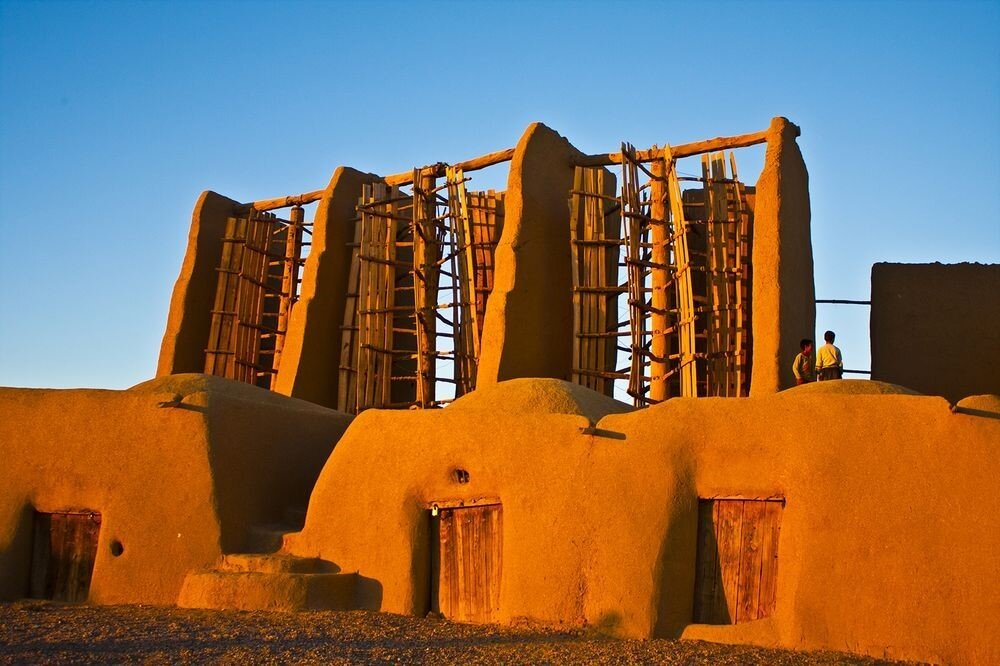Photo exhibit features ancient Iranian windmills

TEHRAN – A photo exhibition, featuring arrays of ancient Iranian windmills, is currently underway at Khorasan Great Museum, which is located in the holy city of Mashhad, northeast of the country.
A total of 50 photos selected from the works of 48 photographers have been put on show at the eight-day exhibition, which will be running through March 10. The photos depict windmills scarred across Nashtifan of Khaf county in Khorasan Razavi province.
The Islamic Republic seeks to inscribe a chain of its ancient vertical-axis on the UNESCO World Heritage list. The windmills, which are locally known as “Asbads” can be found in Sistan-Baluchestan, South Khorasan, and Khorasan Razavi provinces, southeast, south, and northeast of the country, respectively.
Asbad used to be a smart technique to grind grains. It also bears testimony to the human being’s adaption with nature by transforming environmental obstacles into opportunities.
“Asbad is a smart technique to grind grains, a technique which goes back to ancient times when the people living in the eastern parts of Iran, in an attempt to adapt themselves with nature and transform environmental obstacles into opportunities, managed to invent it,” according to UNESCO website.
Currently, avid visitors and researchers can examine the subtle yet simple mechanism in person as several windmills have been restored and brought back to life to testify how ancient Iranians harnessed the wind to make a living.
Made of natural clay, straw, and wood, each of the windmills of Nashtifan is comprised of eight chambers, with each chamber housing six blades. As the area’s strong, steady wind enters the chambers it turns the blades, which then turn grindstones. The structures reach up to about 65 feet in height.
The region is so well known for its wind that the name Nashtifan is derived from words that mean “storm’s sting.” With the ample winds, the devices can readily glean enough power from the wind to turn a stone. If they were hooked up to a generator they would produce only a small amount of electricity, possibly not even enough for a lightbulb. Today’s power-harvesting turbines have more efficient designs that take advantage of lift to attain higher speeds, and therefore produce much more power.
“The earliest known references to windmills are to a Persian millwright in 644 CE and windmills in Seistan [Sistan], Iran, in 915 CE,” the Encyclopedia Britannica says. In 2002 the windmills were recognized as a national heritage site by Iran.
AFM/
Leave a Comment